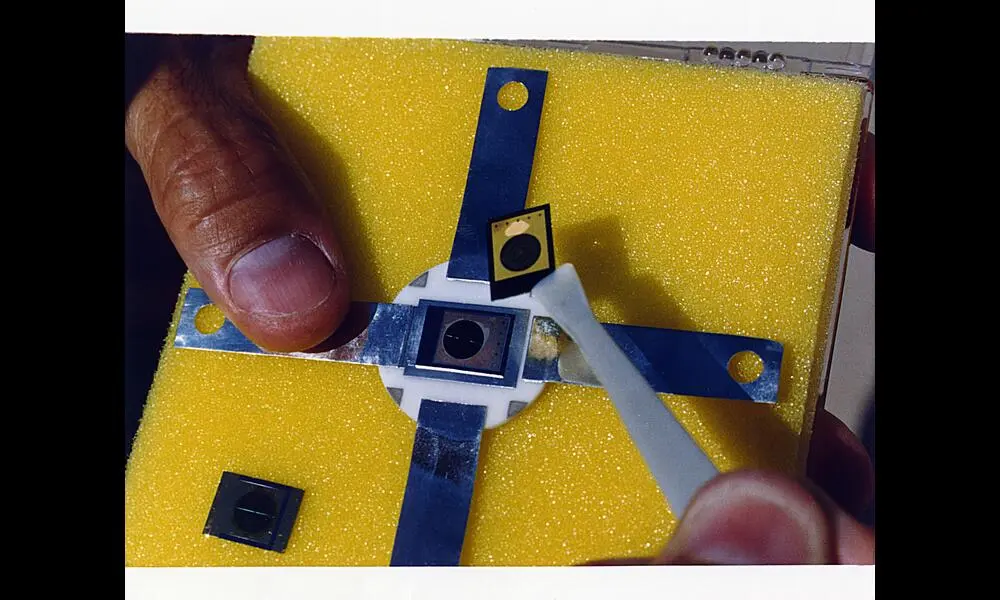New Insights into Cosmic Ray Composition and Positron Flux in Our Galaxy
Published on Sun Oct 01 2023A recent preprint paper explores the prediction for secondary positrons and electrons in our galaxy. Cosmic rays are high-energy particles that come from space, and secondary cosmic rays are produced when the cosmic ray nuclei collide with atoms in the interstellar medium. The paper focuses specifically on the flux of positrons, the antiparticle of electrons, in the Galactic energy range from GeV to TeV.
The researchers incorporated the latest results for the production of positrons and electrons from hadronic scatterings, using data from collider experiments. They also developed propagation models by fitting the data from primary and secondary cosmic ray nuclei. The models account for the size of the Galactic halo, which is the region in which cosmic rays are confined.
The findings of the study show a strong dependence of the positron flux on the size of the halo, increasing by up to 1.5 times when the size is reduced from 8 to 2 kiloparsecs. The predictions for the positron flux match the data for energies below 1 GeV, indicating that secondary positrons contribute less than 70% of the data above a few GeV. At higher energies, the predictions are below the data, suggesting the presence of an excess of positrons.
The paper also provides new predictions for the secondary cosmic ray electron flux. The results show that the secondary electron flux is about 10% of the data at energies below 1 GeV, but the discrepancy becomes much larger at higher energies.
This research is important for understanding the origin and nature of cosmic rays in our galaxy. The improved predictions for the flux of secondary positrons and electrons contribute to our understanding of the overall cosmic ray composition, as well as the presence of any primary sources. The findings also highlight the importance of determining the size of the Galactic halo more precisely, as it has a significant impact on the prediction of the positron flux.
Further research and more precise measurements are needed to better understand the production and propagation of cosmic rays in our galaxy. This could be achieved through future missions and experiments that focus on measuring cosmic rays at different energy ranges.



